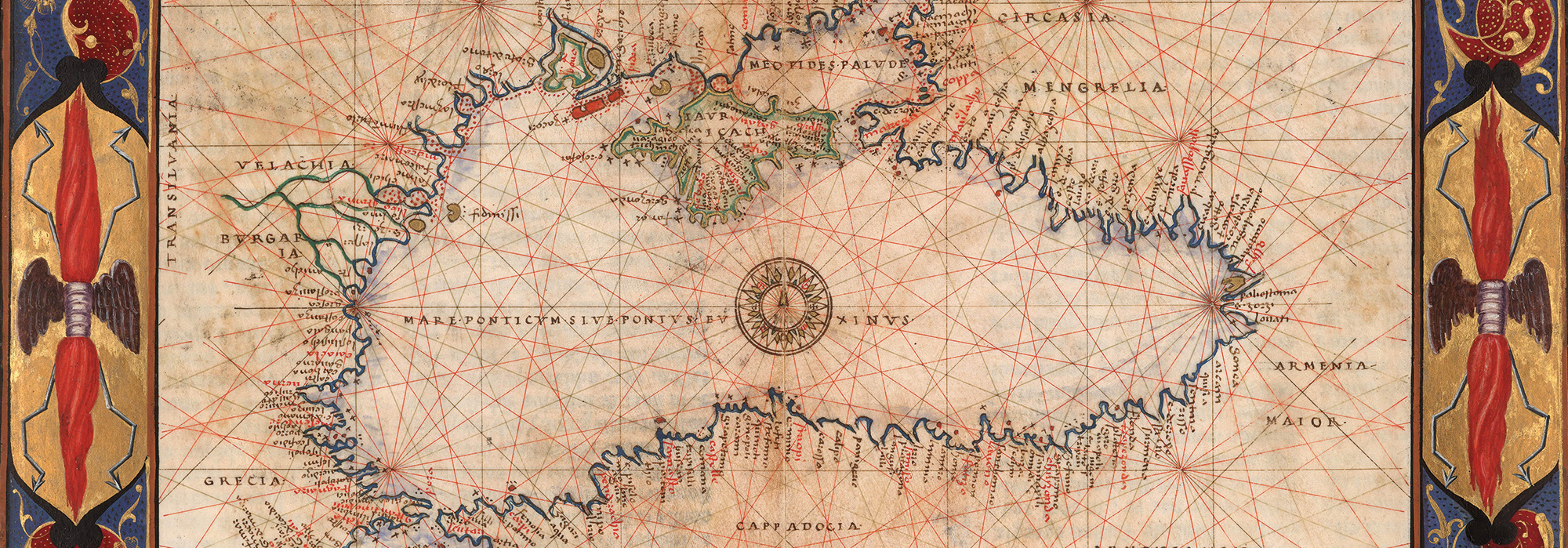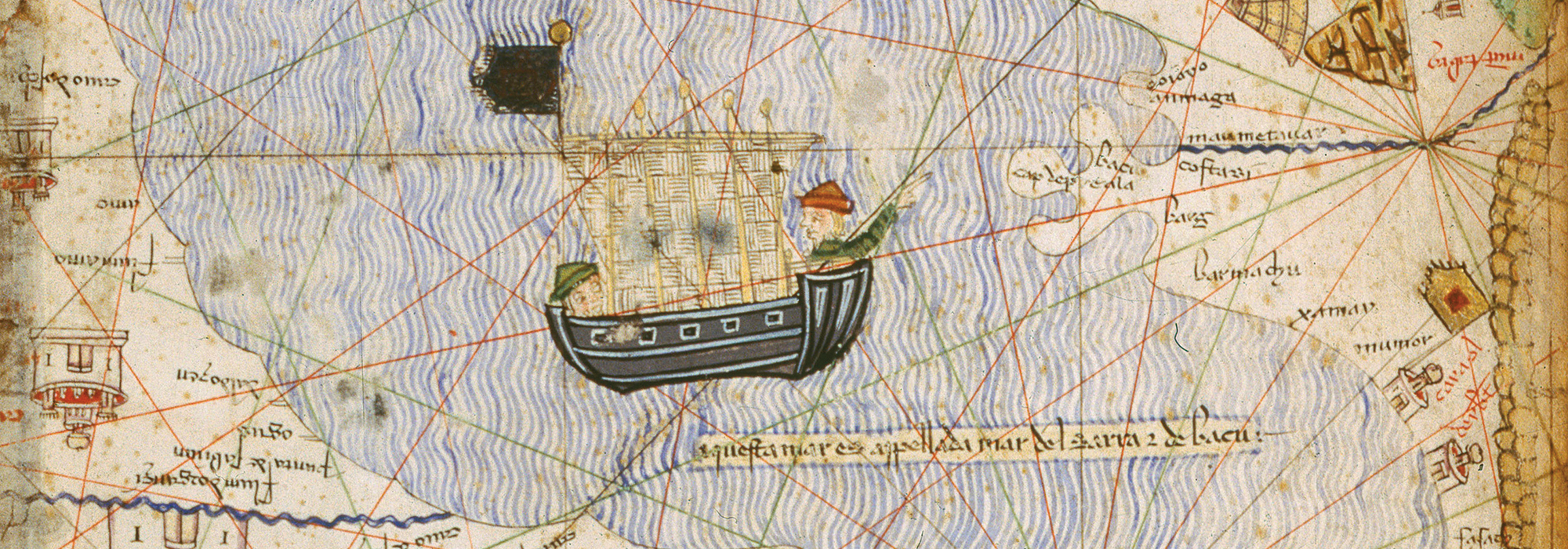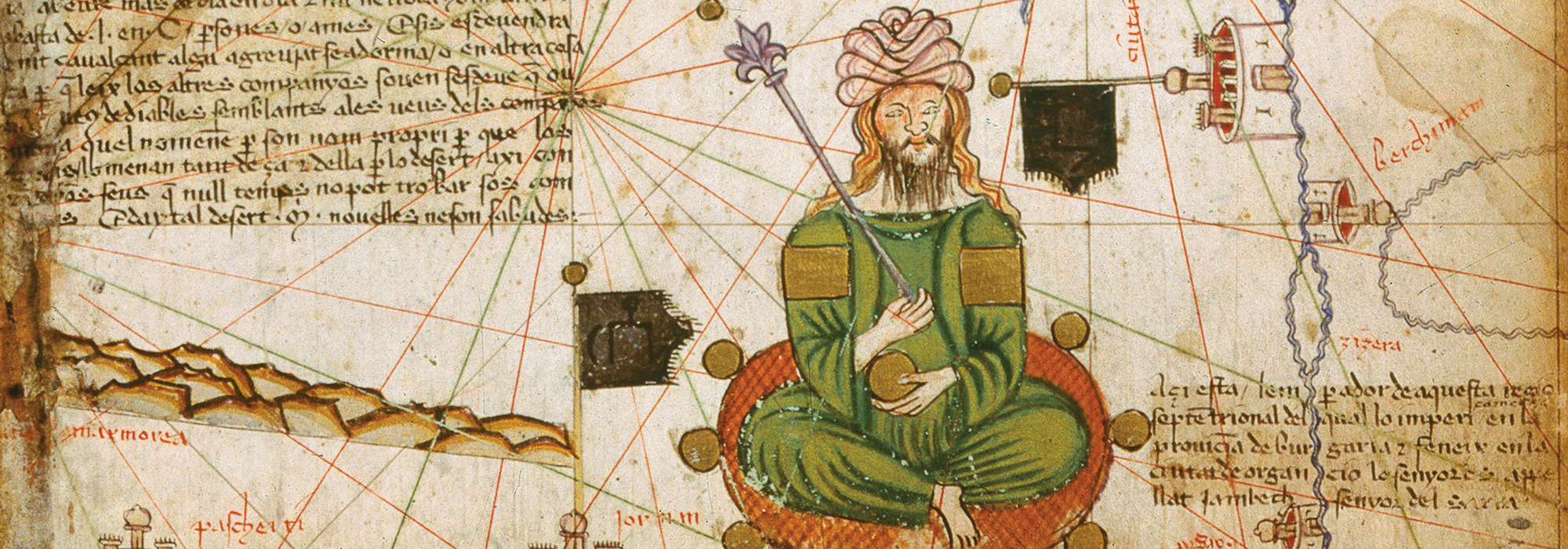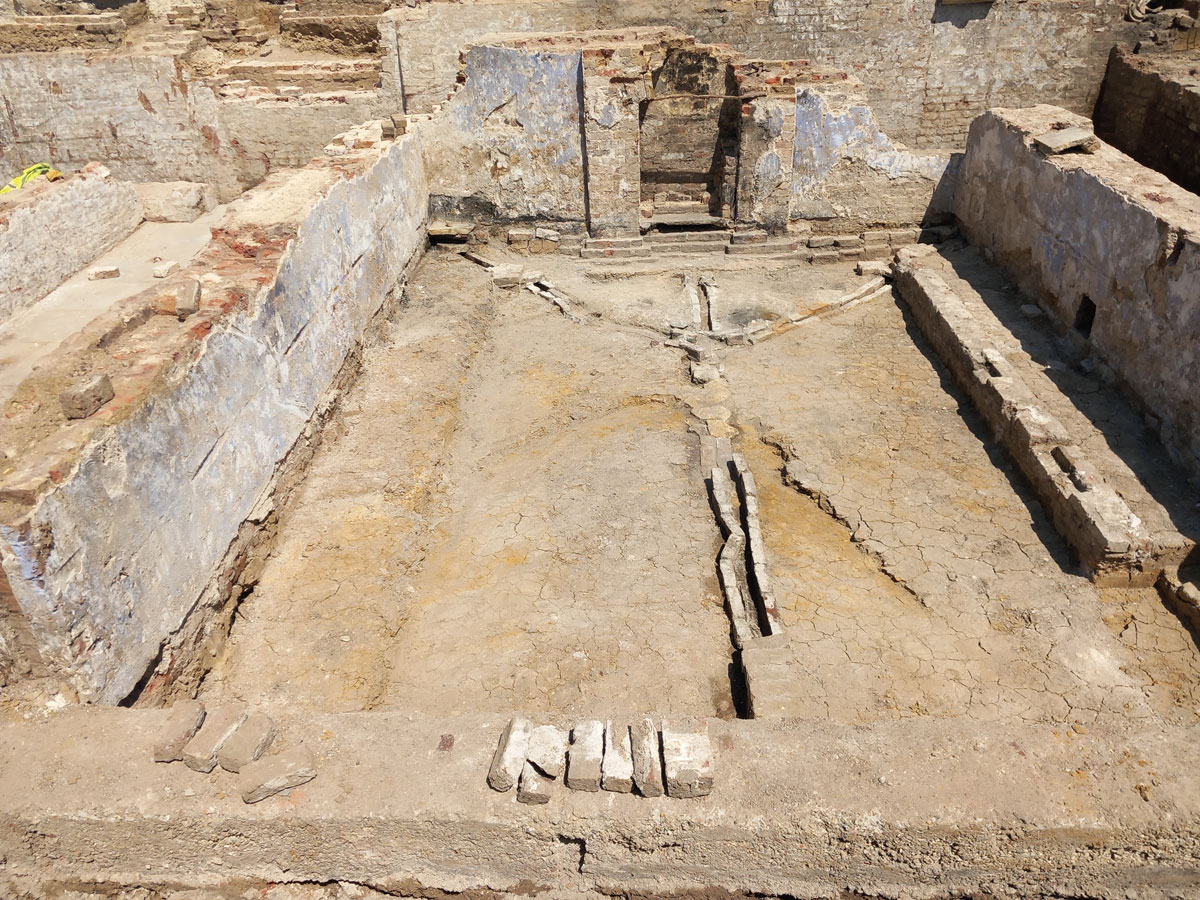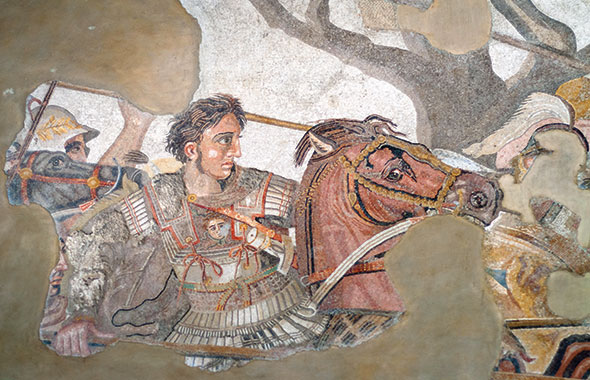
The fourteenth-century Icelandic Edwardsaga chronicles the life of Edward the Confessor, the last Anglo-Saxon king of England (reigned 1042–1066). It also describes how, in the years after the Norman Conquest in 1066—when William the Conqueror invaded England and was crowned king—350 ships carrying English warriors set out for Constantinople. There, the Byzantine emperor employed the Anglo-Saxons as members of the Varangian Guard, an elite unit of foreign soldiers that served as his personal army. Such was their loyalty, says the Edwardsaga, that the emperor deeded them land six days’ sailing north of Constantinople. There, presumably on the northern shores of the Black Sea, they are said to have occupied towns and cities with names such as London and York.

Medieval English towns on the Black Sea may sound like something out of an alternate history novel. But historian Jonathan Shepard of the University of Oxford says evidence has emerged to support the idea that in the late eleventh century, thousands of Anglo-Saxons did indeed seek out a new homeland in the Byzantine Empire. “There are so many references outside the saga to English soldiers in the Varangian Guard that we know many must have made their way to Byzantium,” he says. Seals belonging to two twelfth-century Byzantine interpreters serving in the Bureau of the Barbarians—an office founded in the fifth century A.D. to manage imperial relations with foreigners in residence in the empire—identify them as English translators. The seal of one, Constantine Kourtikios, calls him “the interpreter of the most faithful English.” On the banks of the Thames in London, archaeologists have documented a number of lead seals belonging to the Byzantine genikon, or chief financial ministry, most of which date to the end of the eleventh century. “These seals likely represent a flurry of Byzantine recruitment of disaffected Anglo-Saxons,” says Shepard. “William would probably have encouraged any effort to rid himself of these potential rebels.” As late as the fourteenth century, a Byzantine treatise on court ceremonies notes that the Varangians hailed the emperor “in their native tongue, that is, English.”
Evidence of Anglo-Saxon settlements on the northern fringes of the Byzantine Empire is more ephemeral. Fifteenth- and sixteenth-century Italian portolan maps, or nautical charts, show cities on the Black Sea coast with names such as Londina, Varangolimen, and Porto di Susacho that might plausibly have been the homes of soldiers who called themselves Saxons. And medieval Franciscan monks traveling through the area recorded people living there called “Saxi.” But no concerted effort has ever been made to correlate the cities on the maps with medieval sites, and archaeologists have yet to identify Anglo-Saxon artifacts in the region.
Perhaps, speculates Shepard, future DNA or isotope analysis of medieval people’s remains from Crimea will reveal ancestral ties to the British Isles. And artifacts or even buildings may still emerge that have an English cast. Until then, the cities of the first New England survive only on maps and in the words of the sagas.


